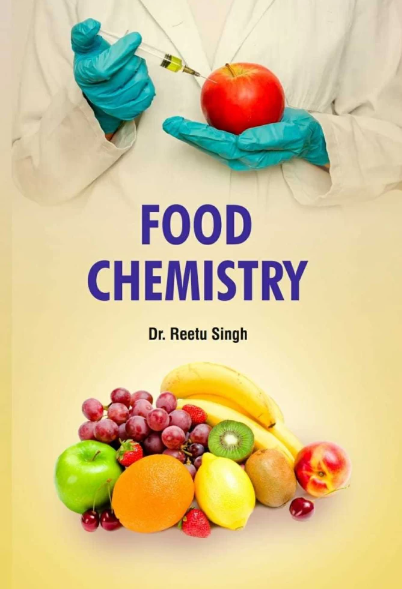Persistent organic pollutants in food systems: A comparative study across four contrasting socio-ecosystems: Portugal, Senegal, French Guiana, and Guadeloupe
IF 9.8
1区 农林科学
Q1 CHEMISTRY, APPLIED
引用次数: 0
Abstract
This study quantifies persistent organic pollutants (POPs) in food across four territories undergoing dietary transitions: French Guiana, Guadeloupe, Senegal, and Portugal. A total of 200 local and imported food samples from 12 categories were analyzed for polychlorinated dibenzo-p-dioxins (PCDDs), dibenzofurans (PCDFs), and polychlorinated biphenyls (PCBs).Concentrations varied by food matrix, region, and origin. The highest PCDD levels were found in butter from Senegal (16.64 pg/g), and the highest PCDFs in leafy vegetables from Portugal (2.4 pg/g). Fish showed the highest levels of dioxin-like PCBs (600.7 pg/g) and non-dioxin-like PCBs (3.6 ng/g). All values complied with EU Regulation 2023/915.To estimate dietary exposure, the maximum allowable daily intake (g of food/day) was calculated using Toxic Equivalents (TEQ), EFSA's tolerable weekly intake (TWI: 2 pg TEQ/kg bw/week), and compared to national food consumption data. In Portugal, exposure from fish exceeded the TWI, highlighting the influence of regional contamination sources and dietary habits.

食品系统中的持久性有机污染物:横跨四个不同社会生态系统的比较研究:葡萄牙、塞内加尔、法属圭亚那和瓜德罗普岛
本研究对法属圭亚那、瓜德罗普岛、塞内加尔和葡萄牙这四个正在经历饮食转型的地区的食品中持久性有机污染物(POPs)进行了量化。本署对来自12个类别的200个本地及进口食物样本进行了多氯二苯并对二恶英、二苯并呋喃及多氯联苯的化验。浓度因食物基质、地区和产地而异。产自塞内加尔的黄油中PCDD含量最高(16.64 pg/g),产自葡萄牙的叶类蔬菜中PCDD含量最高(2.4 pg/g)。鱼类中二恶英样多氯联苯含量最高(600.7 pg/g),非二恶英样多氯联苯含量最高(3.6 ng/g)。所有值均符合欧盟法规2023/915。为了估计膳食暴露,使用毒性当量(TEQ)、欧洲食品安全局的可耐受周摄入量(TWI: 2 pg TEQ/kg bw/week)计算最大允许日摄入量(g食物/天),并与国家食品消费数据进行比较。在葡萄牙,鱼类的暴露量超过了TWI,突出了区域污染源和饮食习惯的影响。
本文章由计算机程序翻译,如有差异,请以英文原文为准。
求助全文
约1分钟内获得全文
求助全文
来源期刊

Food Chemistry
工程技术-食品科技
CiteScore
16.30
自引率
10.20%
发文量
3130
审稿时长
122 days
期刊介绍:
Food Chemistry publishes original research papers dealing with the advancement of the chemistry and biochemistry of foods or the analytical methods/ approach used. All papers should focus on the novelty of the research carried out.
 求助内容:
求助内容: 应助结果提醒方式:
应助结果提醒方式:


